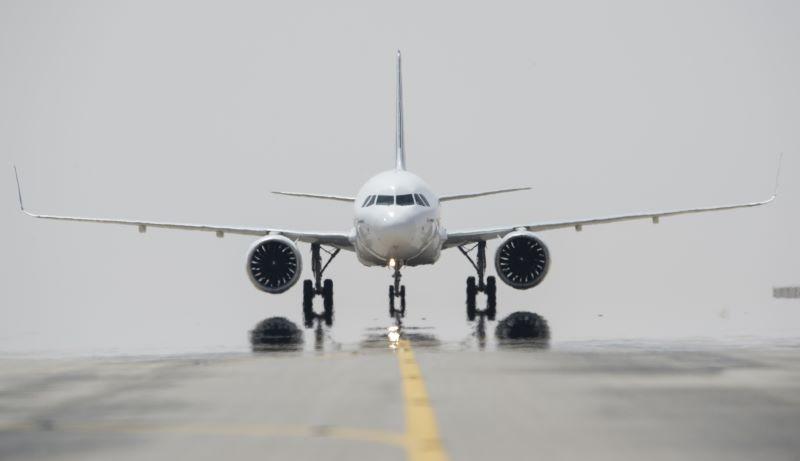
The outlook for Europe’s commercial aftermarket business reflects support of a mature air transport market, with projected annual growth of 1.5% over the next decade, half of the projected global pace, Aviation Week’s new Commercial Fleet and MRO Forecast shows.
Europe will generate $293 billion in MRO spend from 2024-2023, equivalent to 24% of the projected global total of $1.2 trillion. Europe’s annual averages will range between $27 billion and $31 billion, growing slowly over the decade.
The projected 1.5% compound annual growth rate, unadjusted for inflation, is exactly half of the projected global rate of 3.0%. The Middle East is projected to be the fastest-growing region, at 6.1%.
MRO demand is largely a function of new aircraft deliveries, fleet size, and fleet utilization patterns. In normal times, a regularly flown narrowbody will need an engine overhaul 7-10 years after delivery and a major airframe check in perhaps five years, for instance.
But several issues are creating higher, short-term MRO demand across the board. Delivery delays on major programs such as the Boeing 737 MAX mean older models tapped for retirement are sticking around—and demanding aftermarket support.
Production-quality problems means shops are seeing engines sooner than expected for both hospital visits and, in the Pratt & Whitney PW1100G’s case, full engine overhauls.
The immediate ramifications for affected shops and suppliers in Europe and elsewhere will be more demand than they can handle.
Longer-term, Europe’s modest MRO growth rate can be attributed to several factors. Chief among them is a relatively mature market. Many airlines in the region are using deliveries to update their fleets, rather than grow. As Airbus and Boeing smooth out their delivery schedules and ramp up production on their most popular models, retirements will pick up.
Globally, annual air transport fleet retirements averaged about 670 airframes per year from 2017-2023, equivalent to about 2.3% of the total fleet. Aviation Week’s forecast projects these figures to rise to just more than 1,000 retirements per year from 2024-2023, or about 3.0% of the fleet.
The retirement wave means older, maintenance-hungry aircraft that have been filling in for late deliveries and other unexpected disruptions such as Pratt & Whitney’s long-running PW1000G geared turbofan durability problems will finally be parked. Newer aircraft taking their place should come with so-called “maintenance honeymoons,” where little work is required for five or so years.
One positive for the maintenance community as the fleets get newer: usable parts from retiring aircraft will help feed a hungry used serviceable materials market.





